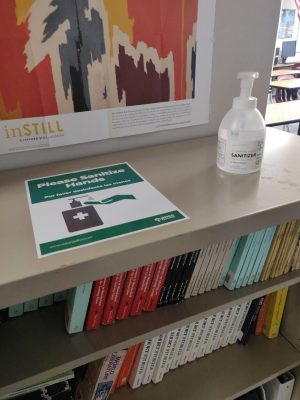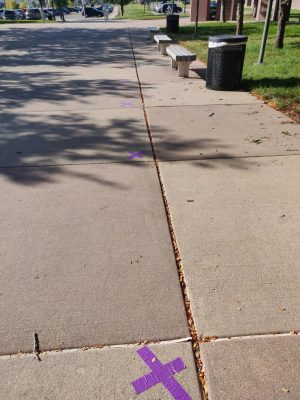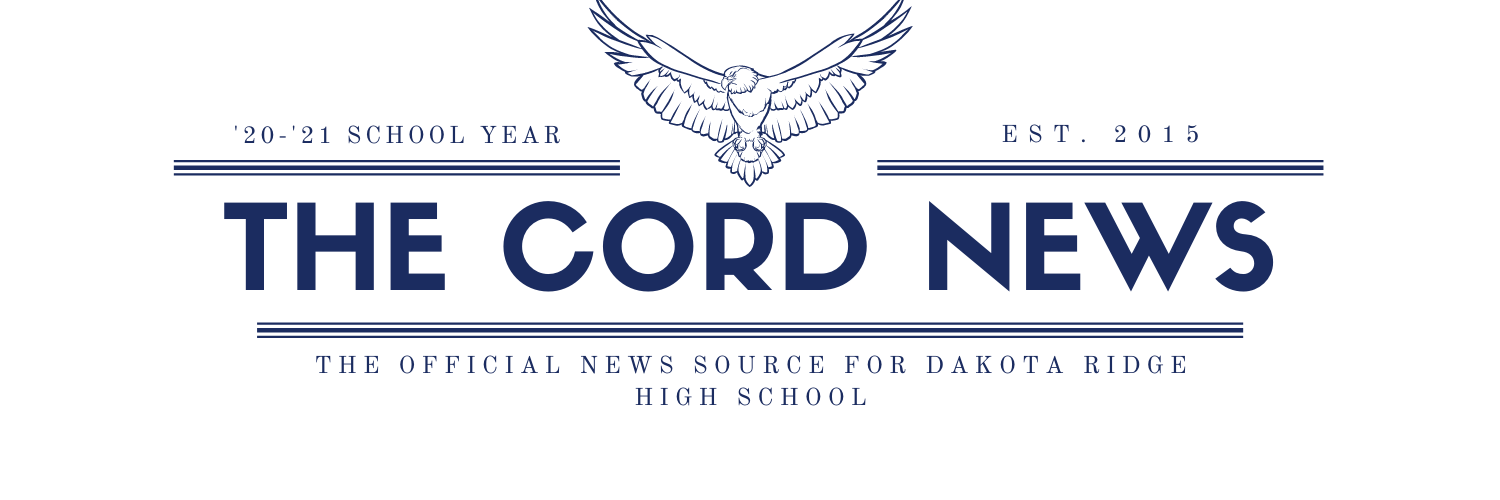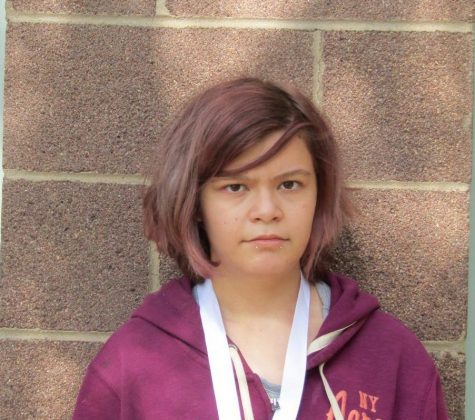Schools Worldwide Are Opening Back Up
September 11, 2020
Amidst the COVID-19 pandemic, and the closing of schools worldwide, the time has now come for schools to get back up and running for students and teachers. Each country is doing something different to get started, with some taking in serious measures to prevent spreading of the virus and doing what they can to make the reopening process go smoothly.
In Japan, schools have taken steps to reduce the risk of spreading the virus. For example, Kyodo News reported that “Meido Junior High School in Fukui Prefecture… students wore face masks and used different entrances and teachers checked the students’ temperatures as they lined up while keeping their distance from one another.” The Washington Post noted, “The students line up – paying attention to marks on the floor to indicate appropriate social distancing – to wash their hands before classes even start, and continue to do so throughout the morning.” Schools have been careful to observe and check their students and have plans in place to shut down if students show signs of the virus.
Students in Hong Kong are required to apply hand sanitizer that contains between 70% to 80% alcohol and to stay three feet apart from one another. Students sit in single rows, and shared facilities are only accessible to small batches of students at a one time. However, a small spike in coronavirus cases caused the city to shut down schools. As Medical X Press reported, “‘Schools will close from Monday, bringing forward the start of the summer holidays,’ Kevin Yeung said, ‘after the city recorded an ‘exponential

growth’ of locally transmitted cases in the past few days.’”
In Switzerland, schools restarted with split classes, reducing the size by 50%, and their attendance was cut to just two days a week per group. Desks are moved further apart with tape markings on the floor to help students keep proper distances from one another. For example, “By the time Swiss schools reopened on May 11, the number of new daily infections had dropped to 46,” The New York Times reported.
Denmark opened its schools on April 15th, splitting students into small groups of twelve. Time Magazine reported, “These groups – also known as ‘protective bubbles’ – arrive to school at staggered times, eat lunch separately and have their own zones in the playground. All students are required to wash their hands every two hours but do not have to wear face masks. Desks are divided two meters apart, all education material must be cleaned twice a day and when possible, classes are held outside. Parents are not allowed on school property.” Other measures were also taken, as NPR described, “And we also had to teach outside as much as possible. And it was quite warm in the spring of Denmark this year, luckily. So they did a lot of – we did a lot of teaching outside. And hand washing had to be done every one hour and a half.”
However, not all school re-openings are well prepared. Schools in Israel reopened in early May, but as The World reported, “A handful of grades were sent to class in small groups, or ‘capsules,’ to minimize the possibility of coronavirus outbreak. In a surprise move, the government then announced that all grades would return and lifted restrictions on class sizes.” Because of the lifting of restrictions, coronavirus spread quickly though the school system. “The Education Ministry released a complex set of requirements and recommendations to prevent spreading the coronavirus, but it was largely up to the discretion of individual principals and teachers how to enforce these rules,” The World reported.

There are mixed feelings about how the schools at Jeffco are handling reopening, though. Jessica Collins, a sophomore at JVA, says, “Very poorly. Most countries have the virus under control already, but the United States does not. From what I’ve heard, there’s already a case at Dakota Ridge. If they hadn’t opened the schools, it might be better, but as long as people are in some way in contact with each other, the virus will keep spreading.”
A sophomore at Bear Creek questions reopening in general saying, “I have no idea, but I don’t think it’s helping.”
And Hendrik Bos, a sophomore at Dakota Ridge, said, “Not as good as other countries because our amount of cases in America is higher than most of the world, and yet we are still going to school.”
The school year is still young, and schools in the U.S. are gradually reopening to on-campus classes, though the choice for remote is still an option for students. Either way, schools are on their way to education whether it be remote or in person classes.


